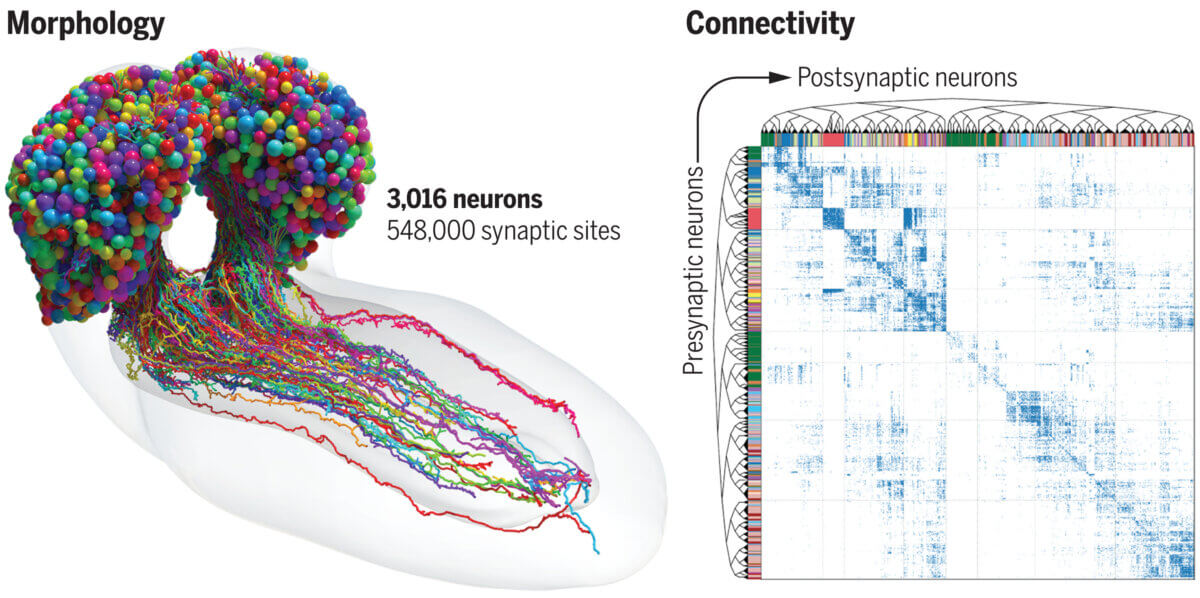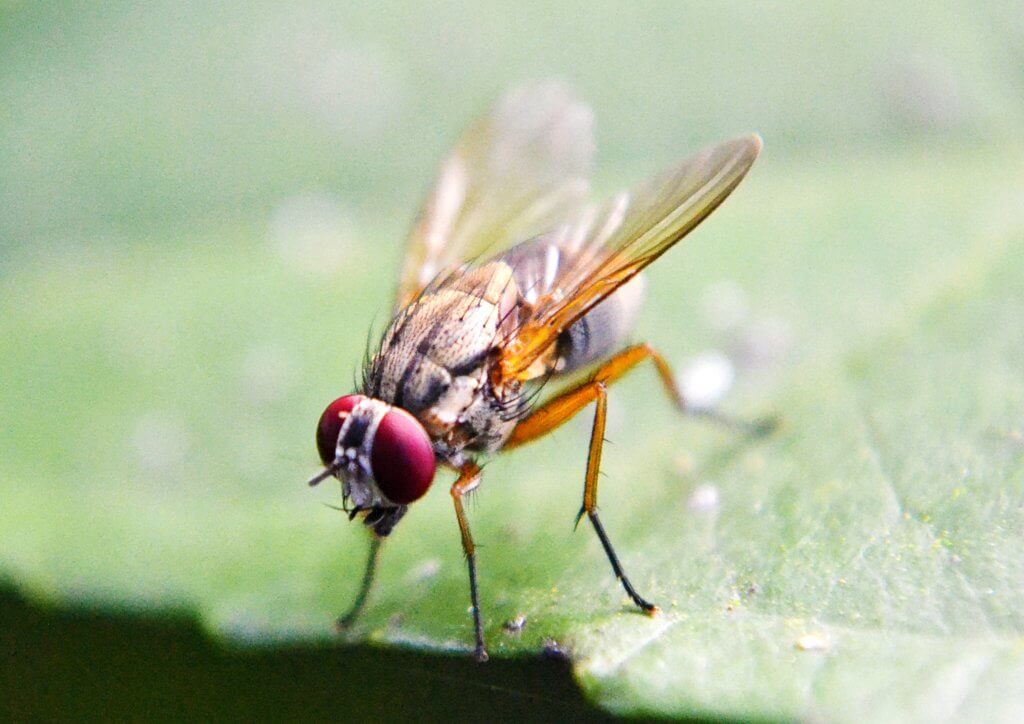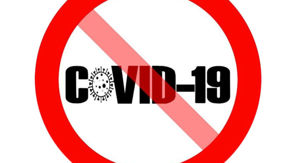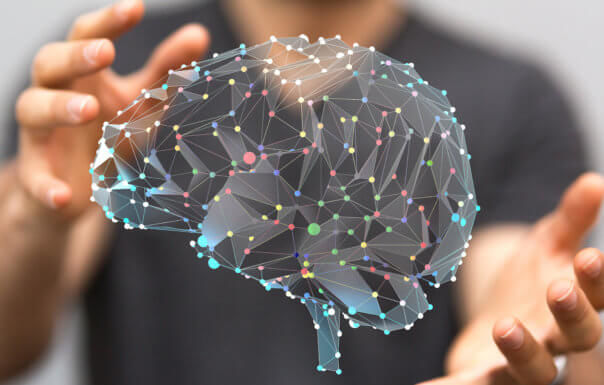(© vegefox.com - stock.adobe.com)
For the first time, scientists have a complete map of the fruit fly’s brain — offering hope of unlocking the secrets of thought. It’s the most complete 3D model of its kind, featuring 3,016 neurons and all 548,000 connections between them. The breathtakingly detailed diagram is a landmark achievement in neuroscience.
Researchers from Johns Hopkins University and the University of Cambridge expect this breakthrough to underpin future research and open the door to improved artificial intelligence.
“If we want to understand who we are and how we think, part of that is understanding the mechanism of thought,” says senior author Dr. Joshua Vogelstein of Johns Hopkins University, according to a statement from SWNS. “And the key to that is knowing how neurons connect with each other.”
Fruit flies have brains about the size of a poppy seed, but they behave in ways that indicate substantial cognitive skills. Their behaviors include complex courtship dances and investigating hazards before choosing new locations.
Scientists have been attempting to create reconstructions of the brains of insects, mice, and even humans (known as connectomes) since the 1970s. They typically represent only a tiny fraction of the organ. This is by far the most expansive.
“It has been 50 years and this is the first brain connectome. It is a flag in the sand that we can do this. Everything has been working up to this,” Dr. Vogelstein says, according to SWNS.

The morphologies of all brain neurons, reconstructed from a synapse-resolution EM volume, and the synaptic connectivity matrix of an entire brain. This connectivity information was used to hierarchically cluster all brains into 93 cell types, which were internally consistent based on morphology and known function. (Credit: Science)
Getting a complete cellular-level picture of a brain requires hundreds or thousands of individual tissue slices. They have to be scanned and then painstakingly put together like a jigsaw puzzle, neuron by neuron.
It took more than a decade to do that with the baby fruit fly. A mouse’s brain is a million times larger. The chance of mapping anything close to the size of a human’s brain is likely impossible in the near future or even in our lifetime.
Fruit fly larva shares much of its fundamental biology with humans, including a comparable genetic foundation. It also has rich learning and decision-making abilities, making it a useful model organism. For practical purposes, its relatively compact brain can be imaged and circuits reconstructed within a reasonable time frame.

Do bugs feel pain?
The project described in the journal Science still took 12 years. High resolution imaging alone worked out at about a day per neuron. Researchers at Cambridge manually studied them to identify individual neurons, rigorously tracing each one and linking their synaptic links.
Their colleagues in the United States then spent more than three years using original codes to analyze connectivity. Eventually, the team charted every neuron and connection, categorizing each one’s role it plays in the brain.
Researchers say the busiest circuits were those that led to and away from neurons of the learning center. Despite the challenges, scientists expect to take on the mouse brain within the next decade using the same techniques. Other teams are already working on a map of the adult fruit fly brain.
The fruit fly larva work shows circuit features that are strikingly reminiscent of prominent and powerful machine learning architectures. The team expects continued research will reveal even more computational principles and potentially inspire new artificial intelligence systems.
“What we learned about code for fruit flies will have implications for the code for humans,” Dr. Vogelstein says, according to SWNS. “That is what we want to understand – how to write a program that leads to a human brain network.”
In total, the fruit fly brain has around 100,000 neurons, about the same amount as a lobster. The human brain has around 86 billion.
South West News Service writer Mark Waghorn contributed to this report.











